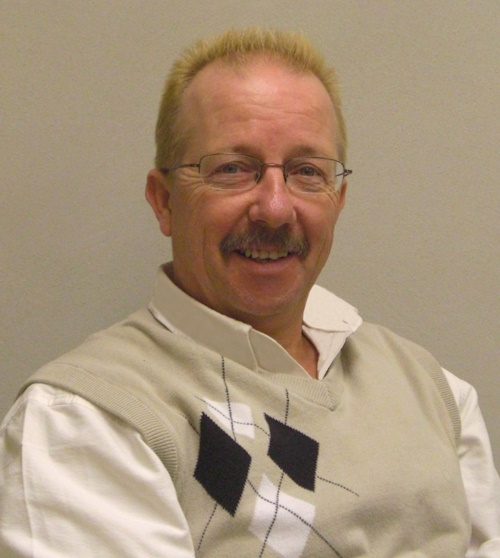section-a7d4cd3
Checklist for Rapid Prototyping/Tooling
Things to remember as you venture into Rapid Prototyping/Rapid Tooling
Each of the following points has a unique impact on your available choices for a successful prototyping program.
Part Geometry
- Establish the most appropriate process given the part configuration.
Part Features
- Which features can be cast and which will require secondary operations?
- Can your choice of prototyping process support all features?
- Can your choice of production process support these features?
Quantity
- How many parts need to be produced?
- Will the selected tooling options support this quantity?
- Can the quantity needed be produced cost-efficiently in the time available?
Casting Process
- What is the best casting option?
- What rapid tooling options are compatible?
- Is casting the best way to produce this part?
- Do part configurations or quantity issues suggest a machined hog-out or a quick die?
- Does the casting facility understand my needs?
Changes
- What is the probability of changes after the initial parts are produced?
- Will my choice of process support changes? And at what cost?
- Will simple changes to the part configuration forces me to start over?
section-e5ef0f7
- Can certain features be cast in prototype or should they be machined?
- What secondary processes will be needed?
- How much time should you schedule for the production of the prototype?
- Be sure to allow time for changes in design and retesting.
- How much will changes cost both in time and dollars?
- How will the part will be used in final assembly?
- What critical information does the prototype supplier need that is not spelled out in the drawing?
- What kind of tests will need to be run on the part?
- How many prototype castings will be required?
- What is the release date for the part?
- What is the product launch date?
- Will the die casting die be ready on time or will you need some bridge part castings?
- Who else should be involved in the initial meeting with the prototype supplier?
- Contact the supplier ahead of time to coordinate schedules.
- Invite the prototype supplier to add his expertise to ensure a successful outcome.
- Double check to make sure you have selected the best prototyping process for your part.
- If as you finalize your design you have lingering questions, contact your chosen supplier.
- When you are ready send your drawings, CAD files along with your list of concerns to the casting supplier. Giving the supplier some advance notice about your concerns affords him the opportunity to be more prepared to address all the issues and ensure a successful project.
Preparing to meet with your prototype casting supplier
As you are getting ready to proceed with the next big step in the design process before releasing your design for die cast production you have made a list of things to discuss with your prototype supplier. That list, of course, includes your CAD files, prints and a list of topics to cover. As a seasoned designer you have developed the list over time while still working out the design of the part in question. From experience, you know to cover the basics.

